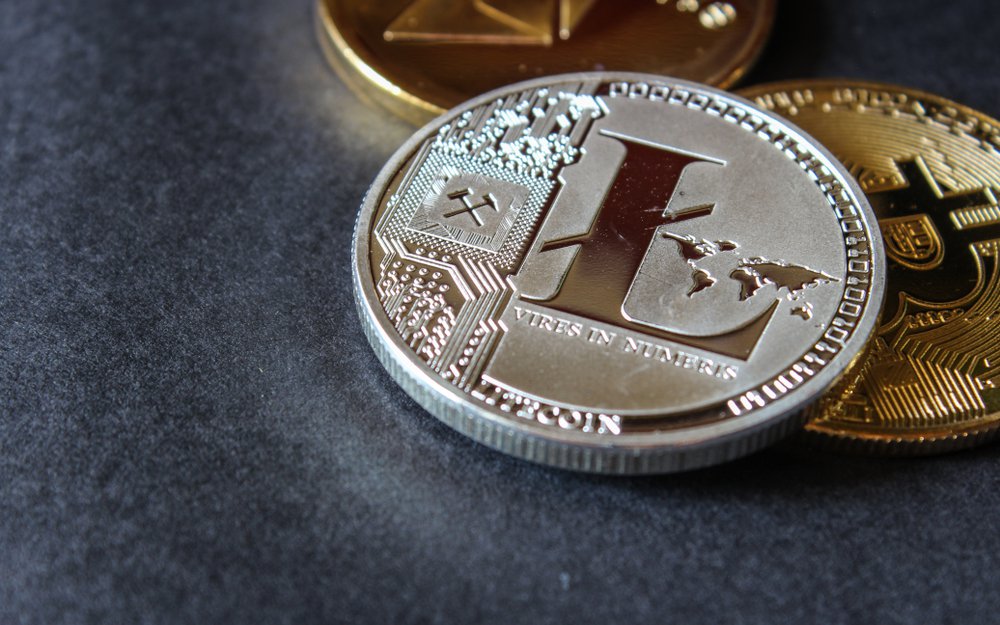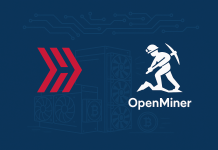[ad_1]
The latest issue of Diar points out that Bitcoin miners and other crypto miners have made tens of millions of dollars without processing a single transaction.
The major proof-of-work blockchains, Bitcoin, Ether, Litecoin, and Dash, have earned in excess of $18 billion. Bitcoin Cash miners have earned just under $1 billion since the fork. Zcash miners have actually earned more than Bitcoin Cash miners, and Zcash is one of the most under-utilized networks studied.
Bitcoin and Ethereum Process The Most Transactions
In total, Bitcoin Cash miners have processed over 3300 empty blocks since August 2017. In total, an average of about $5 million is earned across all major networks (which include Zcash and Decred) monthly.
Bitcoin and Ethereum, being the most popular proof-of-work blockchains, have the fewest empty blocks. Diar reports that Ethereum has the fewest empty blocks overall, although in 2017 it paid out $65 million in rewards for empty blocks.
The issue presents an interesting dynamic. The tone of the Diar article suggests that miners are “doing nothing.” However, whether there are transactions or not, miners are investing resources in securing the network. A dearth of transactions increases their reward by far less than gaining the block reward.
Litecoin Mines the Most Empty Blocks
Litecoin apparently has the most empty blocks, due to network underutilization and a faster block time. Litecoin boasts a two minute block time. Every two minutes, a new block is targeted for mining. The actual time varies greatly based on the difficulty of mining. However, Litecoin miners often mine extremely “lite” blocks.
Block 1586699, for example, from Tuesday, has just three transactions totally less than 1LTC. However, the block pays out 25 LTC in mining reward, meaning the miner earned more than $1000 to process less than $50. If we consider the miner reward to be the “network transaction fee” – the cost to the network as a whole – this is extreme. The fiat world has no analog to this. Then, ten blocks later, this reporter just happened to note an empty block – 1586709. This means the miner earned over $1000 for processing $0 in transactions.
The show must go on. The blockchain must run 24-hours a day to be useful. But should empty blocks pay the same as full ones? The limited supply nature of cryptocurrencies means that this design creates a situation where there are effectively less available coins with each block. Fees have yet to catch up with the cost of mining, and there is no evidence to suggest they ever will. No one knows what happens when block rewards “run out” or effectively reach less than $1 worth of crypto.
Long-Term Outlook: Questionable
Monero deals with this reality by having a “long-tail” emission strategy. At some point in the future, every block will have the same block reward. Forever. Inflation? Yes. But the incentive to mine remains steady.
Bitcoin, Bitcoin Cash, and Litecoin continue the “halving” schedule forever. The economic view is that less emission of new coins creates a more limited supply, as miners are chief among the sellers of new coins. Does this mean that the market will pay the price they ask? It’s hard to tell. Several times in Bitcoin’s history it has become unprofitable to mine. The cost of mining a block varies based on many factors, including region, equipment, and power cost.
Leaving aside the environmental implications of mining, the question of sustainability is very real in the long-term view of cryptocurrencies.
[ad_2]
Source link




